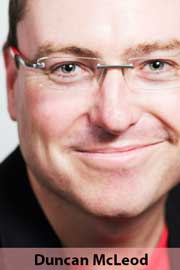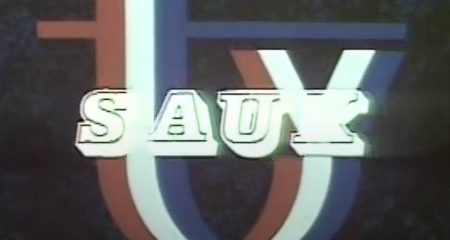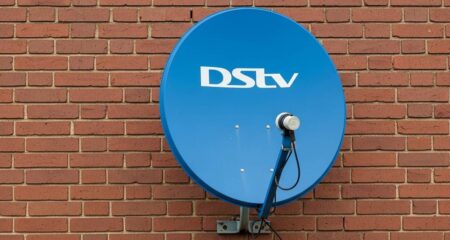 Naspers is within a whisker of smashing through R1 000/share for the first time and reaching a market capitalisation of R400bn thanks to an 80%-plus surge in its share price in the past 12 months.
Naspers is within a whisker of smashing through R1 000/share for the first time and reaching a market capitalisation of R400bn thanks to an 80%-plus surge in its share price in the past 12 months.
The growth in its value in recent years has been nothing short of phenomenal, underpinned mainly by its shrewd decision 12 years ago to buy a significant minority stake in China’s Internet sensation, Tencent, which is now worth nearly as much as Facebook.
Naspers peaked at a new high of R956,50/share on Tuesday this week, giving it a market value roughly equivalent to Hewlett-Packard, the world’s third largest technology company by revenue (behind Samsung and Apple). Analysts seem to believe it’s only a matter of weeks — or even days — before the shares breach the R1 000/share barrier.
The diversified Internet and media group has certainly come a long way from its founding almost 100 years ago as a National Party-supporting publisher of verkrampte Afrikaans newspapers. Its first title, De Burger (later Die Burger) remained a staunch defender of the Nats and of apartheid until well into the 1980s.
The roots of the company’s current success can be traced back to the mid-1980s, when the PW Botha administration gave it a licence to launch South Africa’s first commercial pay-television platform, provided it didn’t compete in the news business with the SABC. This led to the launch in 1986 of M-Net, which provided South African consumers their first alternative to the public broadcaster. Focused on entertainment and sport, it quickly found an audience.
Within three years, M-Net had launched the SuperSport brand, which today dominates sports broadcasting in South Africa. But it was the launch in 1995 of DStv, South Africa’s first digital satellite pay-TV platform, which ignited a profit machine for Naspers.
Although Naspers’s pay-TV vehicle, MultiChoice, has for years enjoyed a monopoly in pay television, it was not government’s intention at the time to have one player own the market.
At the time, the SABC was also granted a pay-TV licence to launch a competing service called AstraSat. But, for various reasons, AstraSat failed — not least because it chose to deploy an analogue system. Digital satellite technology was still fairly new (and expensive) at the time, but Naspers took the decision to invest in it. It turned out to be very smart move as the company didn’t later have to forklift out its broadcasting infrastructure.
Until recently, MultiChoice has been the engine room of Naspers’s financial performance. It continues to perform strongly. In the year to March 2013, the group’s pay-TV business recorded an 18% improvement in trading profit at R7,6bn on revenue of R30,3bn, in spite of heavy investments in local content and in new digital terrestrial television services across Africa.
But it’s not primarily MultiChoice that has lifted Naspers’s share price so sharply in the recent past. Rather, it’s been its strategic investments in Internet and e-commerce businesses across emerging markets — from South America to Eastern Europe and Asia.
And one investment in particular, its one-third stake in Tencent, has been responsible for propelling Naspers’s share price into the stratosphere. More than 80% of the group’s value is attributable to its Tencent stake.

The numbers make for jaw-dropping reading. Just this week, Tencent, which is listed in Hong Kong, breached a market capitalisation of $100bn for the first time. It’s now worth as much as Facebook and, as wire service Bloomberg noted this week, it has a higher market value than McDonald’s and Boeing.
There are now almost 10 times as many people accessing the Internet on their mobile phones in China as there are people in South Africa. And with a boom in smartphone penetration in the world’s most populous country still expected to continue for several more years, Tencent’s growth is likely to continue.
Tencent makes its money from multiplayer online games, multimedia content, social networks, online advertising and e-commerce services. Its popular QQ and WeChat instant messaging applications have more than a billion users combined, matching the number of users on Facebook.
If you’d invested just R10 000 in Tencent when it was listed nine years ago, you’d be a millionaire today. It’s certainly made many Naspers shareholders a lot of money, not least its visionary CEO, Koos Bekker, whose stake in the company is now worth nearly R15bn.
- Duncan McLeod is editor of TechCentral. Engage with him on Twitter
- This column was first published in the Sunday Times




